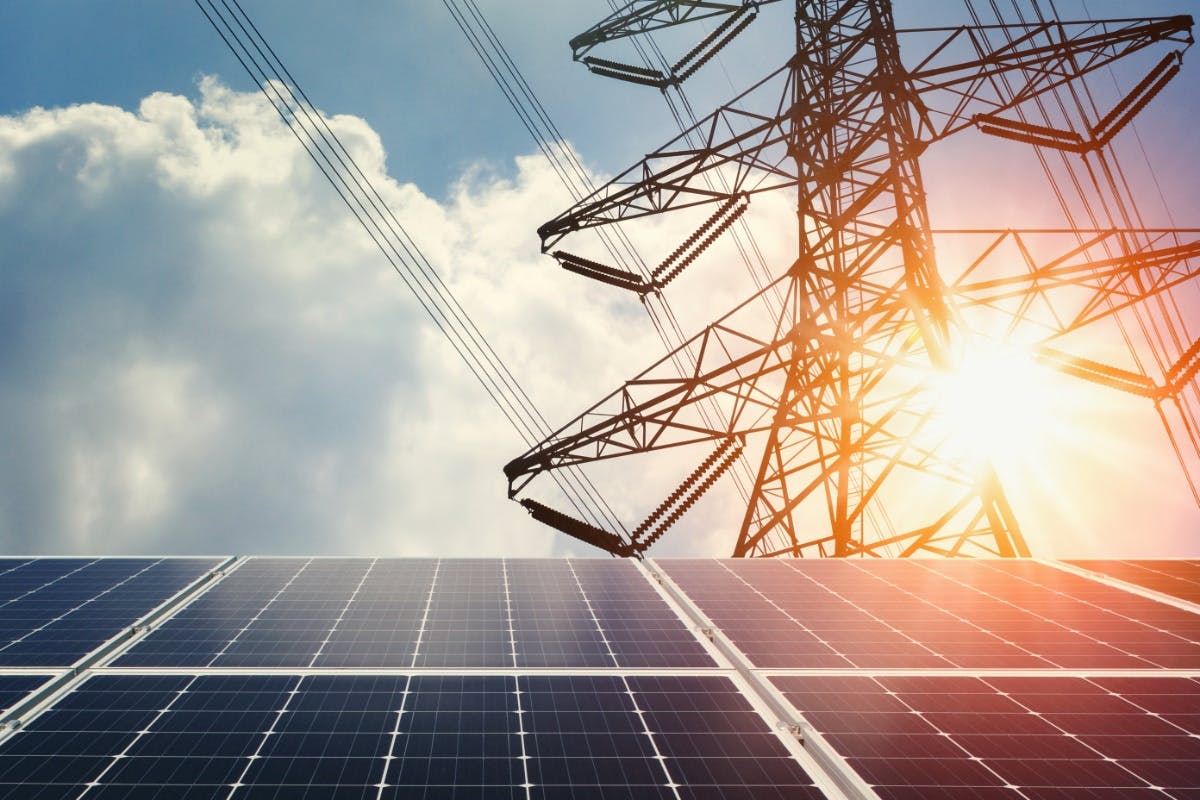Using solar power gives you a clean, renewable source of energy. But when your system is generating more power than you’re currently using, feeding that excess power back into the city’s utility grid can be a great way to save even more money. How do you know how much power you’ve put into the grid so far? Keep reading to learn about a few different ways you can check.
Check Your Net Meter
Most grid-tied solar power systems have their own net meter, which records both the electricity your home uses from the grid, as well as the electricity that you send back. Your utility company usually installs this meter when you first set up a grid-tied solar power system. These meters come in 2 types:
- Digital Net Meters: These display separate readings for power drawn from and sent to the grid.
- Analog Meters: These have a spinning dial that moves in reverse when excess solar power is exported to the grid.
You can check the readouts on your net meter to see just how much power you’ve used compared to what you’ve sent back into the grid.
Check Your Inverter’s Monitoring System
Most modern solar inverters include a built-in monitoring system for solar production, grid usage, and energy consumption. Some will have on-screen displays that show real-time energy production and grid export data over a certain period of time. Many also have online monitoring portals that can show real-time production and usage, as well as how much energy you’ve put into the grid over a certain period of time. These kinds of monitoring tools are extremely helpful in determining the overall impact your solar power system has on your energy costs.
Check Your Utility Bill
Many utility companies offer net metering statements that show total electricity used from the grid, the total electricity you’ve exported to the grid, and your net energy balance (whether you owe for electricity usage or have credits). You can check for this information on your next utility bill, or if your utility company offers it, log into your online dashboard to view current reports.
Install a Smart Energy Monitor
If these methods don’t work for you, you should consider installing a smart energy monitor to stay on top of your exported power. These monitors connect to your electrical panel and provide real-time tracking of your solar production and grid usage. This helps you see how much power your system generates, how much energy you use, and how much excess energy is being sent to the grid.
If these methods don’t work for you, you should consider installing a smart energy monitor to stay on top of your exported power. These monitors connect to your electrical panel and provide real-time tracking of your solar production and grid usage. This helps you see how much power your system generates, how much energy you use, and how much excess energy is being sent to the grid.
If you want to carefully monitor your solar production, and you’re just now designing a system, make sure to purchase Fronius inverters that have robust monitoring capabilities so you can more easily access this information.



































